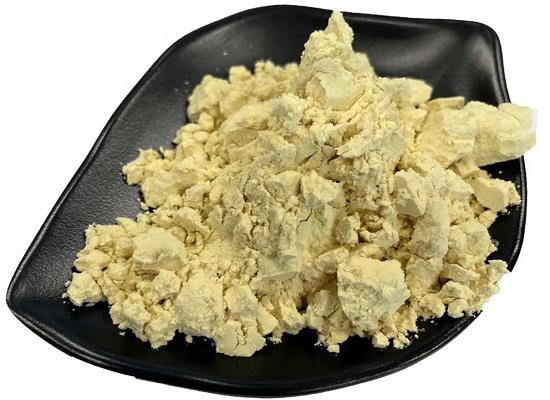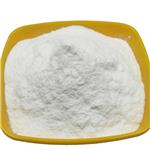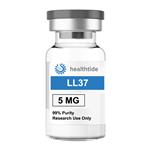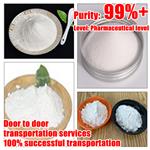What are the benefits of LL-37 antimicrobial peptide to the human body?
Dec 5,2024
Human cathelicidin LL-37 is an antimicrobial peptide with broad-spectrum antibacterial activity that can interact with cell wall molecules and perforate the cytoplasmic membrane, leading to bacterial cell death. It can also act on host cells and exert immunomodulatory functions. Studies have shown that the expression level of LL-37 is closely related to oral diseases (periodontitis), atherosclerosis, airway inflammation and other diseases, and can be used as a potential therapeutic target for related diseases. In addition, exosome-loaded LL-37 can significantly inhibit viral infection.
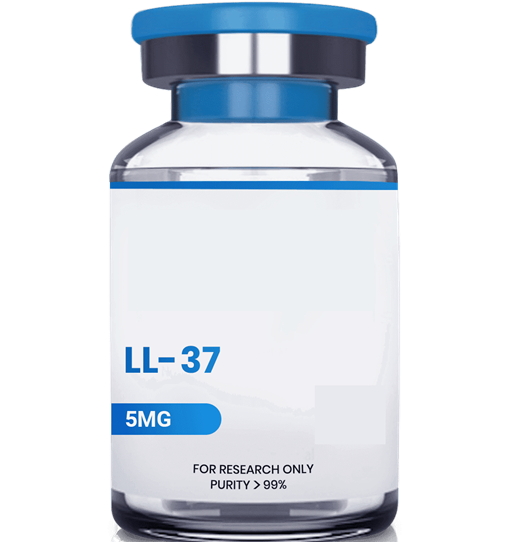
LL-37 maintains oral health
Periodontitis is an inflammatory disease characterized by high concentrations of LL-37 observed locally in the periodontal tissue during the inflammatory process. Lack of the human antimicrobial peptide LL-37 is associated with severe periodontitis, whereas high levels of LL-37 in saliva appear to enhance caries resistance. A study on changes in the concentration of the antimicrobial peptide LL-37 in the saliva of children showed that LL-37 concentrations varied widely. Girls have higher peptide levels than boys. LL-37 concentration is positively correlated with age. Children with deciduous teeth had significantly lower peptide concentrations than children with mixed or permanent teeth. Children with high caries activity also had significantly lower LL-37 concentrations compared with children without caries or children with low to moderate caries activity. Increasing LL-37 peptide concentrations may therefore enhance human oral health and reduce the risk of dental caries in children.
LL-37 may slow atherosclerosis development
Numerous studies have shown that LL-37 has a dual effect on atherosclerosis. On the one hand, it can promote the development of atherosclerotic inflammation, but it may also promote blood vessel healing. In vivo studies show that LL-37 inhibits atherosclerosis progression and predicts a lower risk of recurrent ischemia in patients with acute myocardial infarction (AMI), possibly mediated through modulation of lipid metabolism. In patients with AMI, high levels of LL-37 were associated with lower ischemic risk in patients with elevated lp(a) and PCSK9.
LL-37 antiviral effect
Preliminary studies have shown that the antimicrobial peptide LL-37 can prevent Zika virus (ZIKV) infection. However, LL-37 is a secreted peptide and is easily degraded in the body. We used transmembrane protein TM to load LL-37 onto the membrane of exosomes and constructed exosome-loaded LL-37 (named LL-37-TM-exo and TM-LL-37-exo respectively). We found that exosome-loaded LL-37 can significantly inhibit ZIKV infection in vivo and in vitro, and LL-37-TM-exo has stronger antiviral activity than TM-LL-37-exo, which can significantly alleviate ZIKV-induced infection. Testicular damage and sperm damage, with broad-spectrum antiviral effects. Compared with free LL-37, exosome-loaded LL-37 serum has better stability, higher efficiency in crossing the placental barrier, and stronger antiviral activity. The anti-ZIKV infection mechanism of exosome-loaded LL-37 is consistent with that of free LL-37, which can directly inactivate viral particles, reduce the susceptibility of host cells, and act on the viral replication stage.
References:
[1] EMMA ANDERS. LL-37-induced human osteoblast cytotoxicity and permeability occurs independently of cellular LL-37 uptake through clathrin-mediated endocytosis[J]. Biochemical and biophysical research communications, 2018, 501 1: 1-328. DOI:10.1016/j.bbrc.2018.04.235.
[2] SOTIRIA DAVIDOPOULOU . Salivary concentration of the antimicrobial peptide LL-37 in children[J]. Archives of oral biology, 2012, 57 7: 853-1002. DOI:10.1016/j.archoralbio.2012.01.008.
[3] RUNZHEN CHEN. Prognostic Impacts of LL-37 in Relation to Lipid Profiles of Patients with Myocardial Infarction: A Prospective Cohort Study.[J]. Biomolecules, 2022, 12 10. DOI:10.3390/biom12101482.
[4] CHEN WANG . Construction of exosome-loaded LL-37 and its protection against zika virus infection[J]. Antiviral research, 2024, 225. DOI:10.1016/j.antiviral.2024.105855.
- Related articles
- Related Qustion




